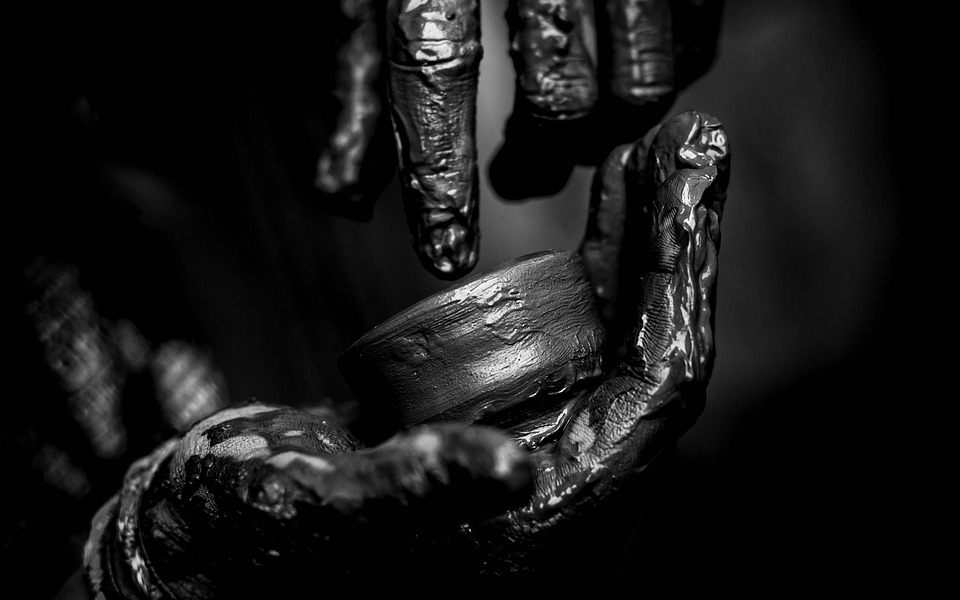Title: Brazil’s Culinary Delight: A Flavor Journey Through the Nation’s Rich Recipes
Image: A montage of colorful Brazilian dishes such as Feijoada, Acarajé, Picanha, Brigadeiro, and Açaí bowls.
Body:
Brazil is a land of wild beauty and lively culture, and its culinary traditions are just as captivating. The vast nation spans nearly half the continent, resulting in a diverse fusion of culinary offerings across the region. From the robust flavors of Bahia in the northeast to the light and lemony coastal dishes of Rio de Janeiro, one thing is clear: Brazilian cuisine is as varied as its people.
A Flavorful Fusion of Cultures
Brazilian cuisine is a unique blend of influences from Indigenous peoples, African slaves brought over during the colonial era, and European colonists. This eclectic mix has resulted in a distinctive food culture that’s marked by regional differences, yet united by a shared love for fresh, flavorful ingredients.
Feijoada: The Hearty National Dish
No exploration of Brazilian cuisine is complete without a taste of Feijoada. Often hailed as the national dish, this hearty stew combines black beans, various cuts of pork, and sausages. Often cooked overnight, Feijoada is rich, comforting, and a true embodiment of Brazilian hospitality.
A Taste of the Brazilian Coast
Along the coast, Brazilian cuisine takes on a lighter, more citrusy tone. One can’t speak of the coast without mentioning Moqueca, a rich and robust fish stew that’s a delight for seafood lovers. Made with fresh fish and scented with both sweet and bitter orange juice, coconut milk, and spices, Moqueca is usually served with rice and farofa, or cassava flour.
Acarajé: A Taste of Salute to Brazil’s African Cuisine
A symbol of Brazil’s African heritage, Acarajé is a popular street food that’s making its way onto the more formal dining tables. This deep-fried ball of black-eyed pea dough is usually stuffed with spicy fillings like shrimp, vatapá, and caruru, creating a unique blend of flavors.
The Sweet Lure of Brazilian Desserts
Attuned to the flavors of fresh fruits, Brazilian desserts often feature seasonal fruits such as passion fruit, pineapple, and the native Açaí berry. One popular dessert is Brigadeiro, a simple yet indulgent concoction made with condensed milk, cocoa, and butter. The velvety candy is rolled in chocolate sprinkles and makes an irresistible option for sweet-toothed explorers.
Coffee: A Beverage that Showcases Brazil’s Green Gold
Brazil is the world’s leading producer of coffee, and it’s evident from the cafe culture that permeates the nation. Known for its chocolaty flavor and low acidity, Brazilian coffee perfectly complements the vibrant flavors of local dishes and is an integral part of the country’s culinary repertoire.
Conclusion
A visit to Brazil is a wondrous expedition of flavors and a captivating journey through the nation’s deliciously diverse culinary landscape. Let your taste buds lead the way as you indulge in the lush tapestry of tastes that Brazil’s rich recipes offer.
FAQs
-
What is the National Dish of Brazil?
Feijoada is often considered the national dish of Brazil. It’s a hearty stew of black beans, various cuts of pork, and sausages.
-
What is Moqueca?
Moqueca is a rich fish stew that’s popular along the Brazilian coast. Its broth is scented with orange juice, coconut milk, and spices, and it’s often served with rice and farofa.
-
What is Acarajé and where can it be found?
Acarajé is a deep-fried ball of black-eyed pea dough, popular as street food but increasingly found in restaurants. This Bahian delicacy is usually stuffed with spicy fillings like shrimp, vatapá, and caruru.
-
What are Brazilian desserts like?
Brazilian desserts are typically simple yet indulgent. The most popular is Brigadeiro – a chocolate truffle-like confection made with condensed milk, cocoa, and butter.
- What is the significance of coffee in Brazil?
Brazil is the world’s leading producer of coffee, and the beverage occupies a central place in the nation’s culinary scene. Brazilian coffee is known for its chocolaty flavor and low acidity and tends to perfectly complement the meals.



